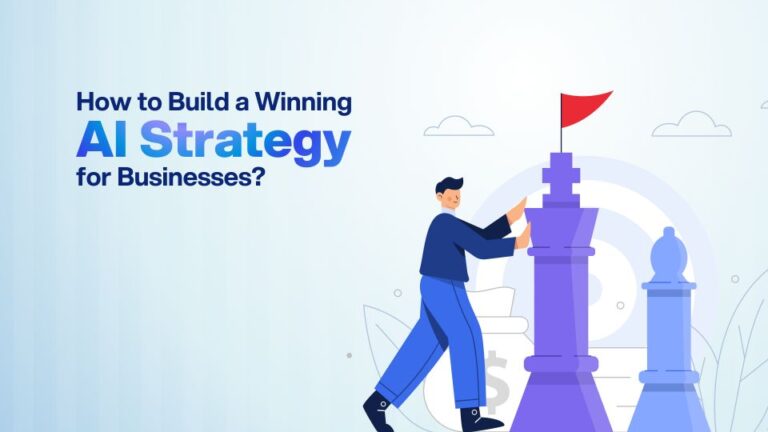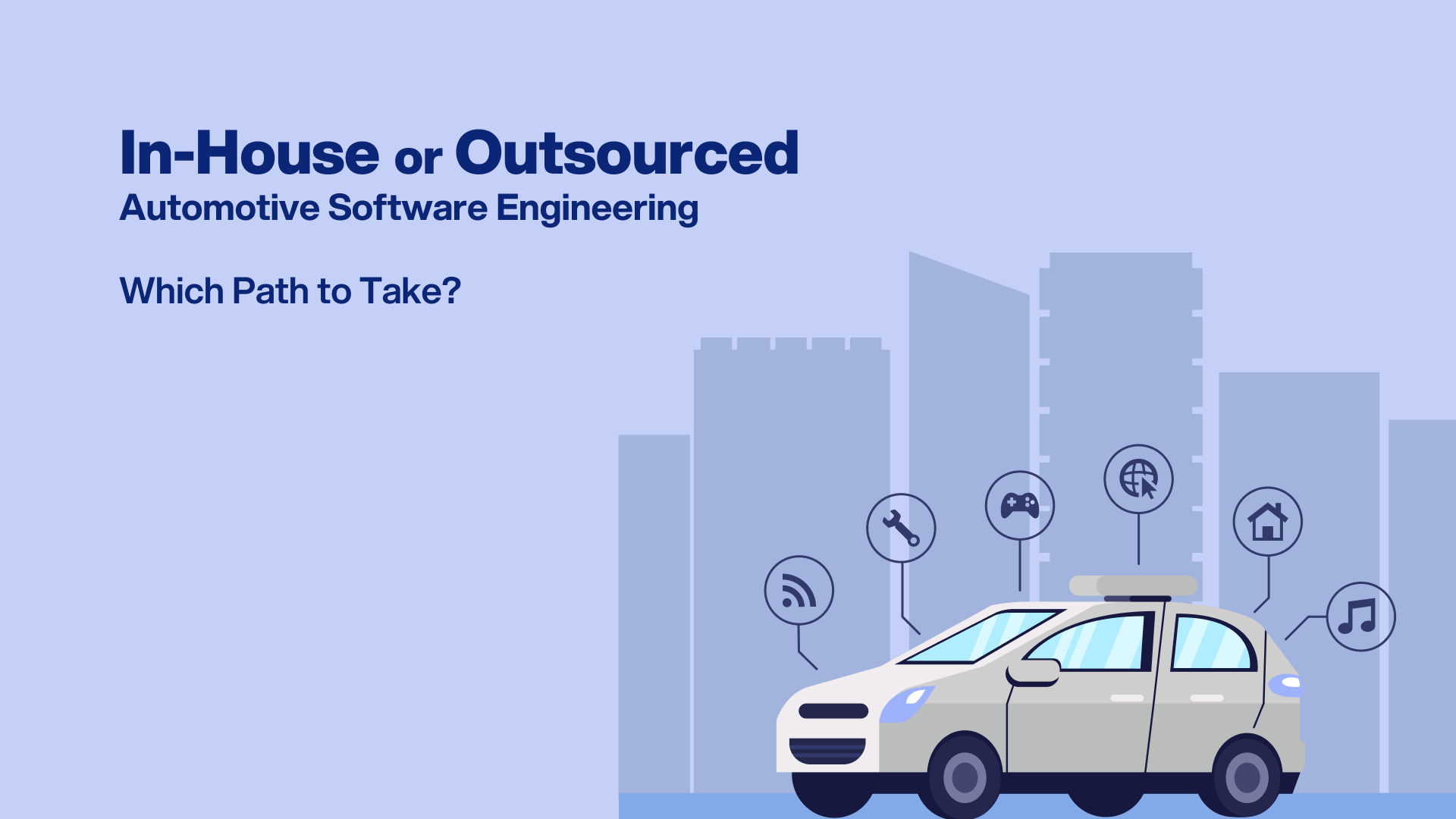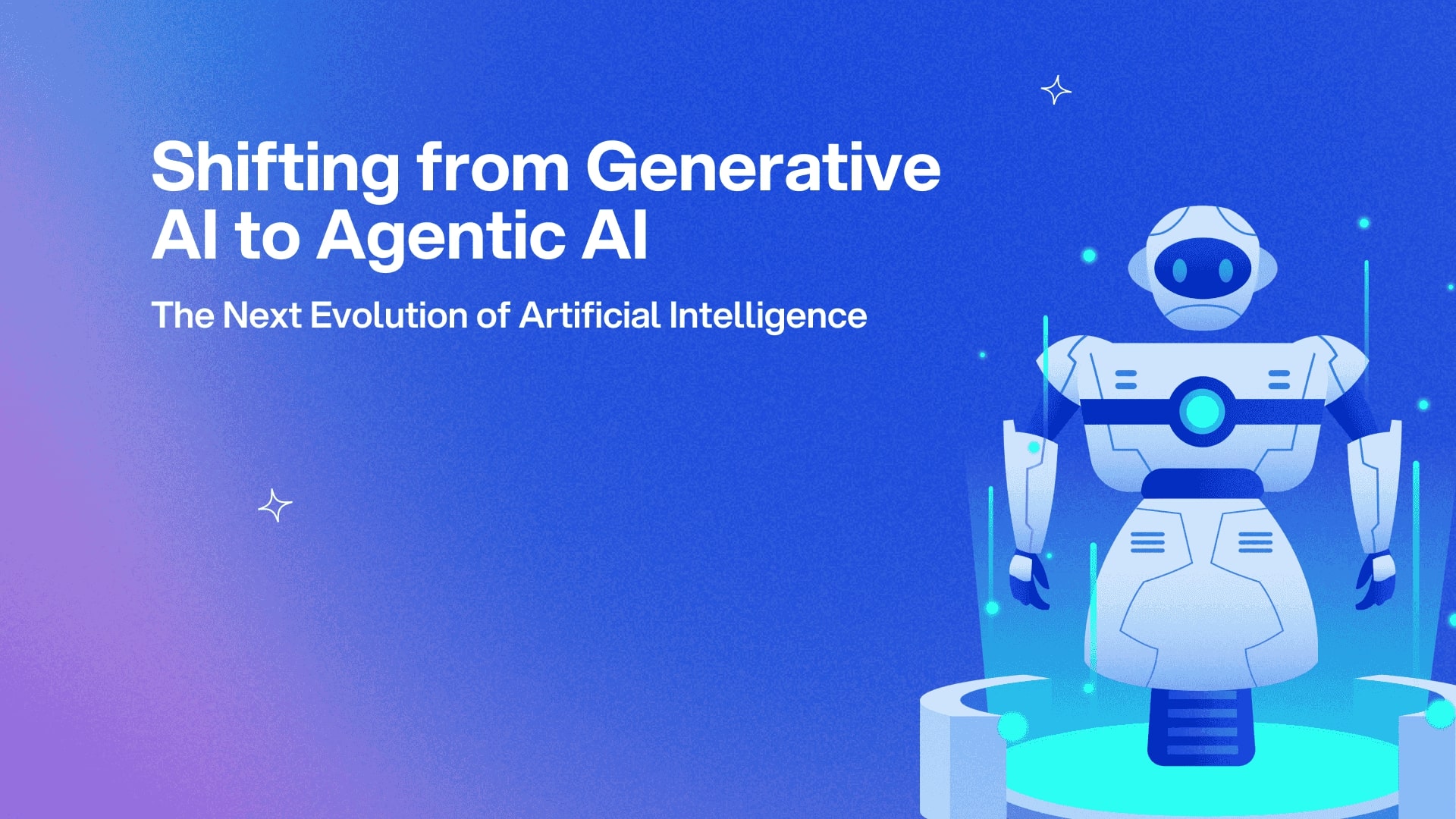
Contents
Becoming an AI-fueled organization is a must in this era of artificial intelligence (AI). AI-based analytics is helping strategists to identify patterns and predict future outcomes to make more informed decisions based on accurate forecasts. Imagine having a crystal ball that reveals the future of your business, where data-driven decisions empower you to outperform competitors and delight customers. That is the promise of artificial intelligence. But utilizing AI’s transformative power requires more than just plugging in software. It demands a strategic approach. In this guide, we will uncover the essential steps to build a successful AI strategy for your business, ensuring you leverage AI’s potential to innovate, optimize, and drive growth.
Crafting an AI strategy is all about weaving AI smoothly into your organization to support and enhance your overarching business goals. Think of a successful AI strategy as your roadmap, guiding every step of the way. A well-thought-out AI plan also ensures your tech infrastructure is ready for the journey, equipping your business with the necessary hardware, software, and resources for smooth and effective AI implementation. According to Deloitte, while 66% of respondents see AI as crucial to success, only 38% believe their AI use differentiates them from competitors, highlighting a significant gap between AI recognition and effective implementation1.
Understanding The Strategy of AI
Understanding the importance of an AI strategy is crucial for businesses looking to leverage artificial intelligence effectively. So, what is the best way to learn and adapt to AI? The best way to understand AI is to dive in and use it. It is not often that cutting-edge technology is so readily accessible, but this is an exception. While there are numerous options available, the key is to stay curious.
Give AI a shot with any task you are working on and observe its strengths and weaknesses. Use it to craft interview questions, draft memos, research and summarize topics, or brainstorm ideas for documents. By exploring and experimenting with AI, you will be better equipped to envision how it can be utilized within your organization, and you are probably the best judge of where the opportunities and potential lie.
Here are the top 3 key reasons why an AI strategy is essential:
- Transformative Potential of AI
Artificial intelligence has the potential to revolutionize business operations by automating tasks that traditionally require human intelligence. This transformation creates opportunities for innovation and operational reinvention across various industries, including manufacturing, healthcare, and hospitality. Without a well-defined AI strategy, organizations risk missing out on these significant benefits.
- Alignment with Business Goals
An effective AI strategy ensures that AI initiatives align with broader business objectives. It helps organizations define clear goals for AI implementation, such as improving customer experiences, optimizing processes, or enhancing data analysis capabilities. This alignment is critical for extracting meaningful value from AI and maximizing its impact on the organization.
- Addressing Complex Challenges
Implementing AI presents complex challenges, including data management, ethical considerations, and technological integration. A robust AI strategy provides a roadmap for navigating these challenges while building necessary capabilities within the organization. It guides the responsible application of AI technologies and ensures that businesses are prepared to adapt to evolving market conditions.
How to Create a Robust AI Strategy
5 Key Steps to Crafting an Effective AI Strategy
Understand the Tech & Its Potential
Dive into the world of AI: machine learning, generative AI, natural language processing, computer vision, and more. Explore real-world use cases in your industry, identify problems AI can tackle, and pinpoint departments that could benefit.
Align AI with Business Goals
Assess your organization’s priorities and challenges. Interview department heads to uncover pain points AI can solve, but we need to remember that AI is a tool, not a magic fix. Define clear objectives tied to measurable business outcomes AI can realistically improve.
Find the Right Partners & Tools
Research vendors and tools that specialize in your industry. Evaluate their experience, reputation, and pricing. Build a shortlist of partners that fit your needs and align with your AI roadmap.
Build a Practical AI Roadmap
Start small with projects that promise quick wins and clear value. Plan around data needs, algorithms, infrastructure, and talent. Identify gaps in your team’s AI skills and decide whether to upskill internally or outsource key tasks.
Ensure Ethical, Ongoing Improvement
Establish ethical AI practices: Monitor for bias, ensure transparency, and commit to responsible governance. Keep your strategy flexible to adapt to rapid AI advancements and foster a culture of continuous learning within your teams.
By focusing on these five steps, you will set a solid foundation for integrating AI into your organization – turning potential into real, measurable impact.
Find Your Perfect Software Outsourcing Partner
Unlock a world of trusted software outsourcing companies and elevate your business operations seamlessly.
Discover CompaniesChallenges in Building AI Strategy
Building a winning AI strategy is not always easy, and some roadblocks can trip you up if you are not careful. For instance,
- Data Problems: AI models need strong datasets to function well. Without access to the right, high-quality data, both the strategy and effectiveness of AI applications can suffer.
- People Don’t Get AI: When people are not aware of AI’s capabilities and potential applications, it can lead to skepticism and poor and that kind of attitude can kill your AI plans.
- Strategic Mismatch: When AI initiatives are not aligned with the organization’s goals, priorities, and vision, it can lead to wasted efforts, a lack of support from leadership, and difficulty in showing meaningful value.
- Talent Crunch: You need smart people who know how to build and run AI. If you cannot find them, or your current team is not willing to learn, you’re going to have a hard time.
Overcoming these hurdles is essential for effective AI implementation and realizing its full potential. Every company, regardless of size or sector, should consider integrating AI at this time. AI is transitioning from its auto-pilot phase, which was dominated by specialized, purpose-built tools that automate, make suggestions, and make predictions using machine learning models, to its copilot phase, when there is a huge chance to completely transform almost every aspect of daily life. Companies that prosper in an AI environment will be led by leaders who adopt AI now and take steps to comprehend it, test it out, and imagine how it may solve challenging challenges.
Wrapping Up
To develop an AI strategy tailored to your business, you need to understand AI strategy and identify your business’s weaknesses and areas that can benefit most from AI. If these areas are unclear, begin an internal discovery process and consult with key stakeholders to pinpoint where AI can provide support.
Start crafting your AI business strategy by evaluating your organization’s current state, industry trends, talent, and available tools. These factors will guide your choice of AI partnerships and tools, especially since many AI vendors now specialize in specific niches and use cases. If your team lacks AI experience or technical expertise, consider partnering with an AI-as-a-service provider or an AI consulting firm that has experience in your industry and aligns with your goals. This approach ensures your AI strategy is both effective and aligned with your unique business needs






